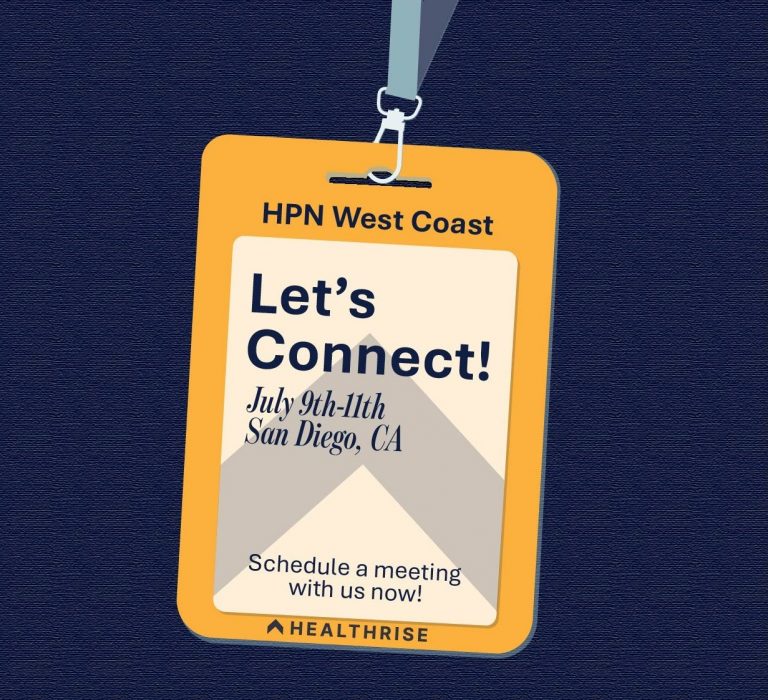

In spite of modern EHR technology, silos are still common, containing valuable information that is inaccessible to the rest of the healthcare organization. Learn how these silos can affect RCM activities and how to overcome them.
What is Siloed Data?
Simply put, it is data that doesn’t play well with others. It isn’t accessible across the organization, thereby remaining sequestered in a particular department or service line. That department may not see the problem, but you can bet that the organizational decision-makers do. Without every piece of the picture, it is impossible to make accurate data-driven decisions.
When data isn’t easy to find and is housed in a different location than the rest, this is one form of the silo – and the most obvious. It may be one particular legacy system that is still in use or one stubborn paper-based process. However, there are other ways that data can be siloed.
Data that is heterogeneous in nature and cannot be integrated with other sources is also considered disparate – or siloed. This happens to organizations over time as they expand, replace old technologies, and even acquire and/or merge with other organizations. It is virtually impossible for one system to handle all of the functions that a complex healthcare system needs, but it is important that these multiple systems are able to communicate and form an ecosystem that supports key functions. Fragmented data in revenue cycle systems always have unfavorable results – from slowing down processes to prompting cascades of problems like lack of claims processing visibility and inability to mitigate denials.
What types of data are needed by RCM? Well – a lot.
- EHR data
- Practice management data
- Referral and authorization data
- RCM vendor data sources
- Clearinghouse data
- Patient account system data
- Payer data
- Unstructured paper data sources
Any of those missing pieces yields an unsolvable puzzle – and represents hours and hours of time spent tracking down information.
How Can Data Silos be Resolved?
First of all, organizations have to be willing to admit they exist. This is often a pain point because it means that somewhere along the way a decision was made that didn’t quite work out.
It is common to see organizations focusing on solving the effects of silos – like slow revenue cycle processes. Statements may fly around like “We need better communication! Better efficiency!” – however, the reality may be that the root cause needs to be fixed – which is fragmented data.
How do we break the silos forever and pave the way for smoother RCM processes?
- Form an organizational cultural commitment. Healthcare is notorious for change resistance – more so than other major industries, like banking and entertainment. For many changes, it seems to take regulatory prompting to institute change; for example, in the cases of value-based care and meaningful use of technology. Leaders must make a strategic commitment to enhance data communication and obtain buy-in from key players across the organization. It is up to leadership to make sure that stakeholders understand the patient care benefits as well as the business benefits of shared data.
- Add HIPAA-compliant integrations that join systems together. With revenue at historic lows and expenses up across the board, healthcare systems are reluctant to spend money right now. It is important that they realize the potential ROI for optimizing the revenue cycle by breaking down barriers that are preventing real improvements. It may be a barrier between RCM and clinical data, or between outpatient and coding, for example.
- Outsource functions that are time-consuming and don’t make sense to do in-house – to companies that can integrate with existing systems. In some cases, purchasing integration technology may NOT make sense – it may be more lucrative to just outsource certain processes altogether. This puts the burden of integration on the partnering outsource company and immediately removes administrative burden and data sharing issues.
- Put processes in place to assess each and every technology purchase or upgrade to prevent new silos from forming. Now that you have connected some of the silos in your organization – prevent them from recurring by establishing a clear risk assessment program for new IT purchases (or upgrades, new versions, etc.)
- Invest in automation that reduces administrative burden – like digital patient intake forms that then route to billing, patient records, notes, and patient follow-ups. In the case of paper-based forms that don’t translate or must be manually entered, digital solutions abound. HIPAA-compliant solutions that collect patient data and then distribute it to multiple destinations can solve several issues simultaneously.
- Adopt a patient-centric perspective. Data silos don’t only affect workers. Disjointed technology feels clunky to patients as well, causing them to wonder just what is going on behind the scenes. It can often seem like “one hand doesn’t know what the other hand is doing” and lead to repetitive questions and forms to fill out. If this sounds familiar, or you are getting feedback from patients that supports this, then a change in attitude and culture is warranted. It may help to have key stakeholders in IT decisions do a “walk-through” of processes, just as a new patient would.
Data silos are not always an easy fix – but one that has big payoffs. In the process of fixing RCM problems, patient financial experience issues, clinical data communication, and strategic decision-making can be enhanced as well.
Don’t wait – find and fix that fragmented data!
If you are interested in fixing your data problem, contact Healthrise to learn more about how the Qodex Quality Audit and Productivity solution can help you.



